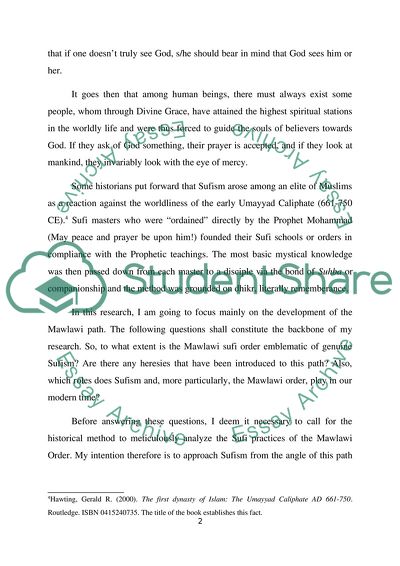Cite this document
(The Mawlawi Order of Sufism Research Paper Example | Topics and Well Written Essays - 2250 words, n.d.)
The Mawlawi Order of Sufism Research Paper Example | Topics and Well Written Essays - 2250 words. Retrieved from https://studentshare.org/religion-and-theology/1730654-mawlawi-order-of-sufism
The Mawlawi Order of Sufism Research Paper Example | Topics and Well Written Essays - 2250 words. Retrieved from https://studentshare.org/religion-and-theology/1730654-mawlawi-order-of-sufism
(The Mawlawi Order of Sufism Research Paper Example | Topics and Well Written Essays - 2250 Words)
The Mawlawi Order of Sufism Research Paper Example | Topics and Well Written Essays - 2250 Words. https://studentshare.org/religion-and-theology/1730654-mawlawi-order-of-sufism.
The Mawlawi Order of Sufism Research Paper Example | Topics and Well Written Essays - 2250 Words. https://studentshare.org/religion-and-theology/1730654-mawlawi-order-of-sufism.
“The Mawlawi Order of Sufism Research Paper Example | Topics and Well Written Essays - 2250 Words”, n.d. https://studentshare.org/religion-and-theology/1730654-mawlawi-order-of-sufism.


